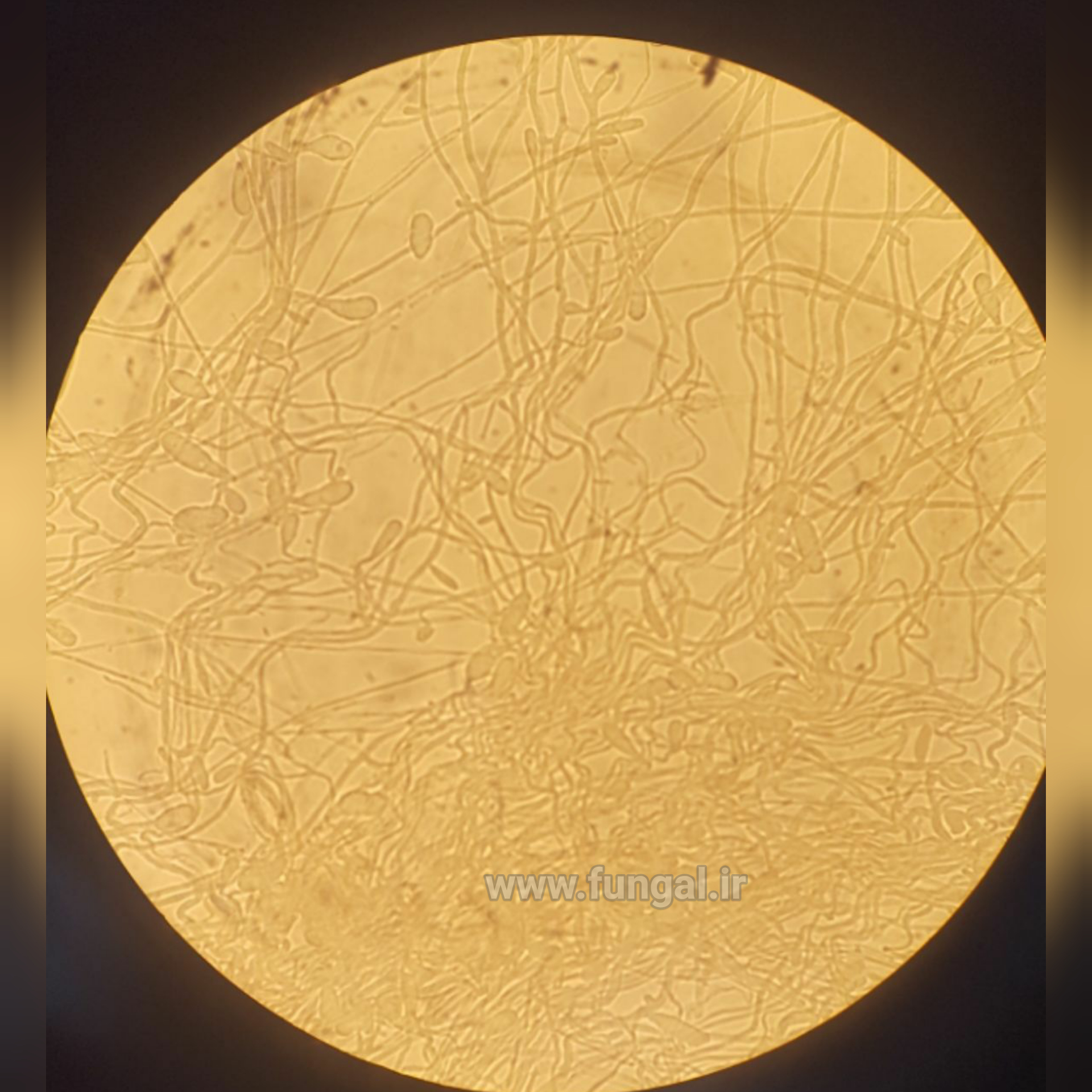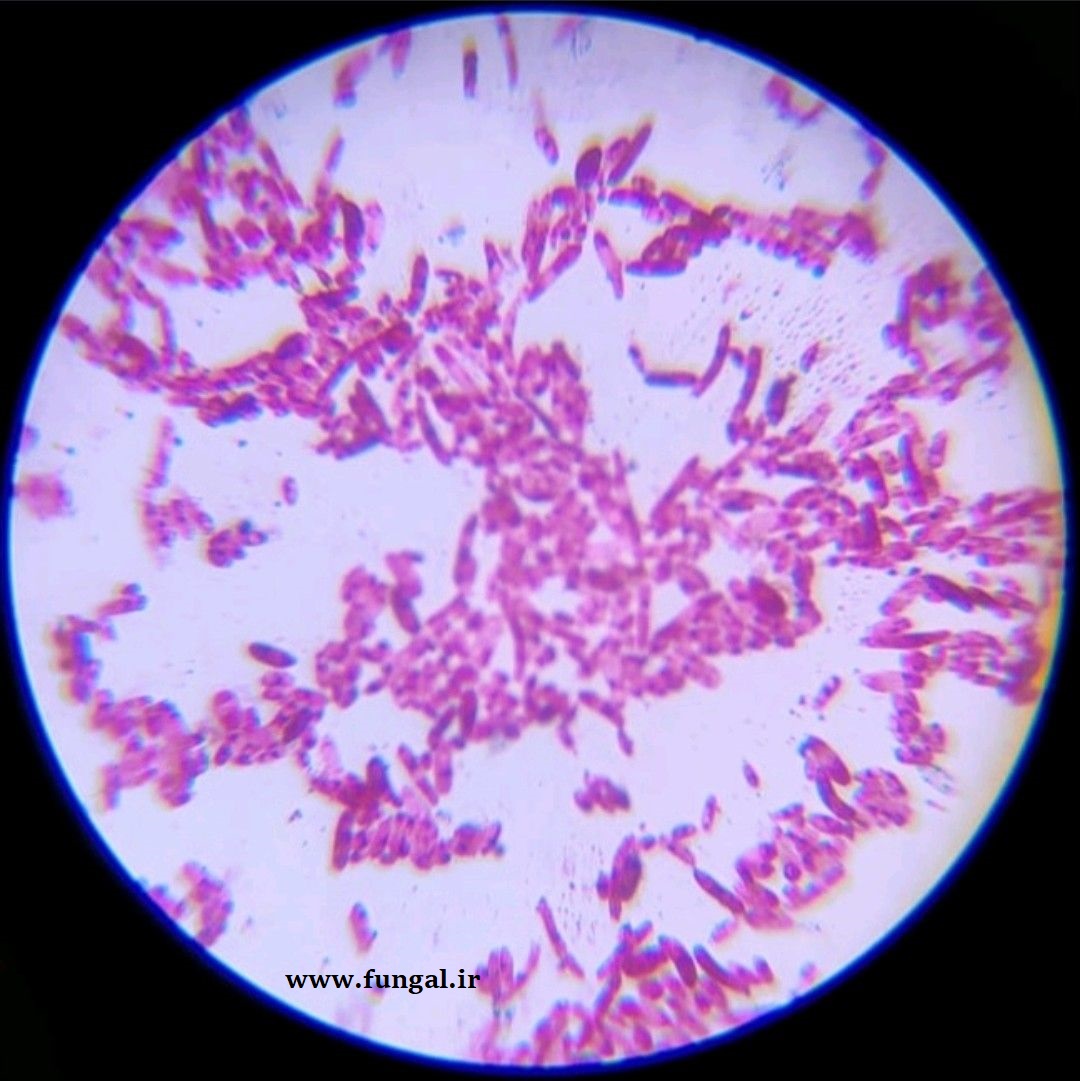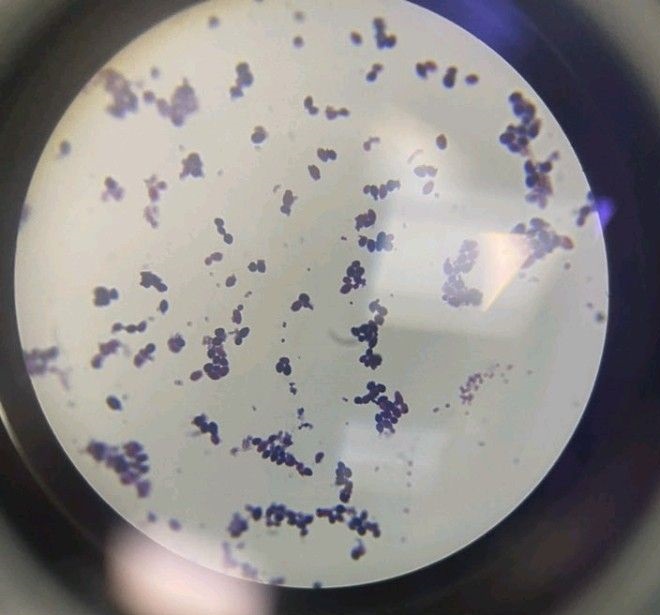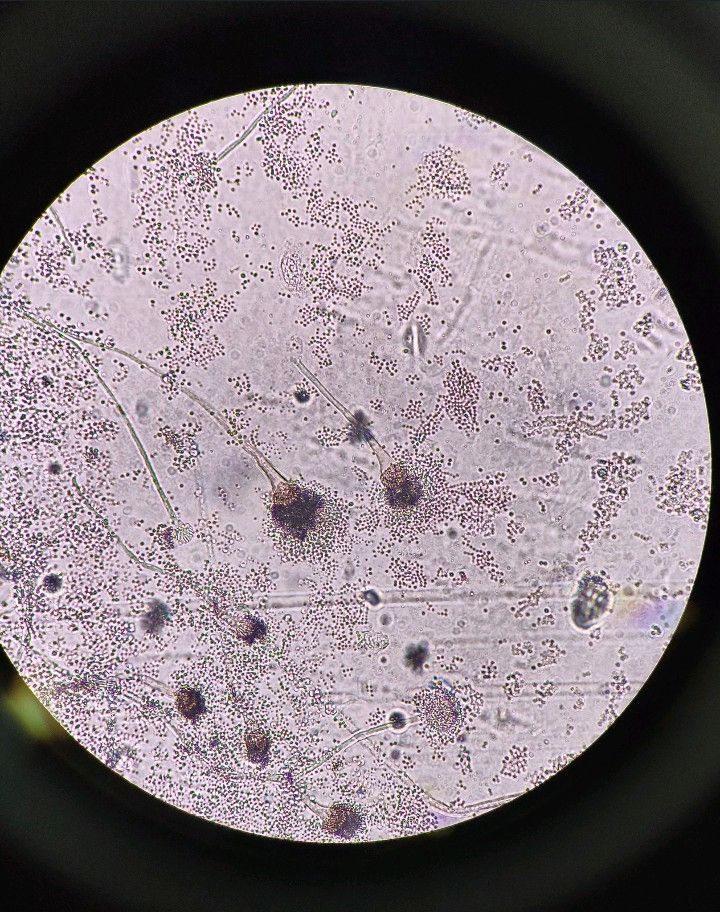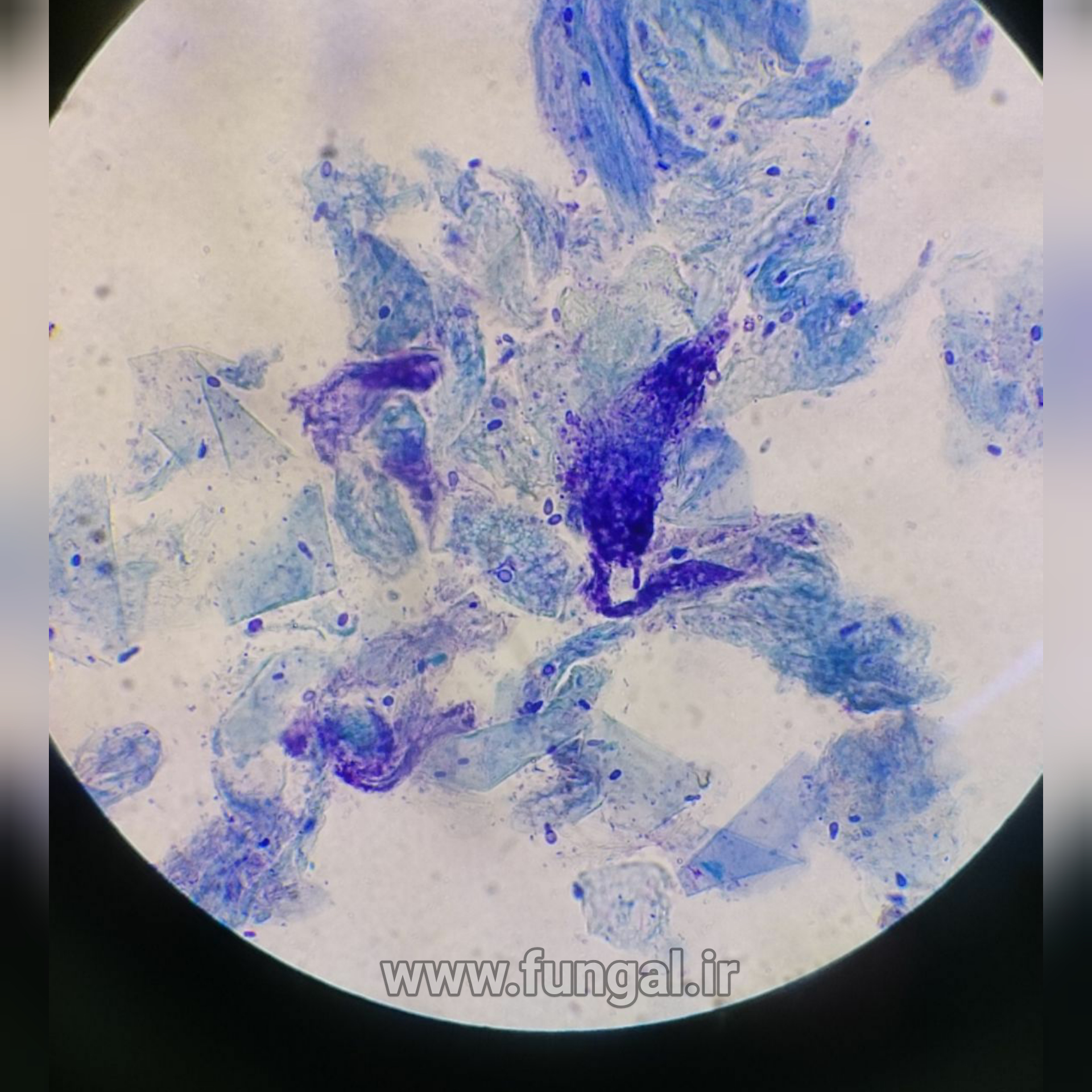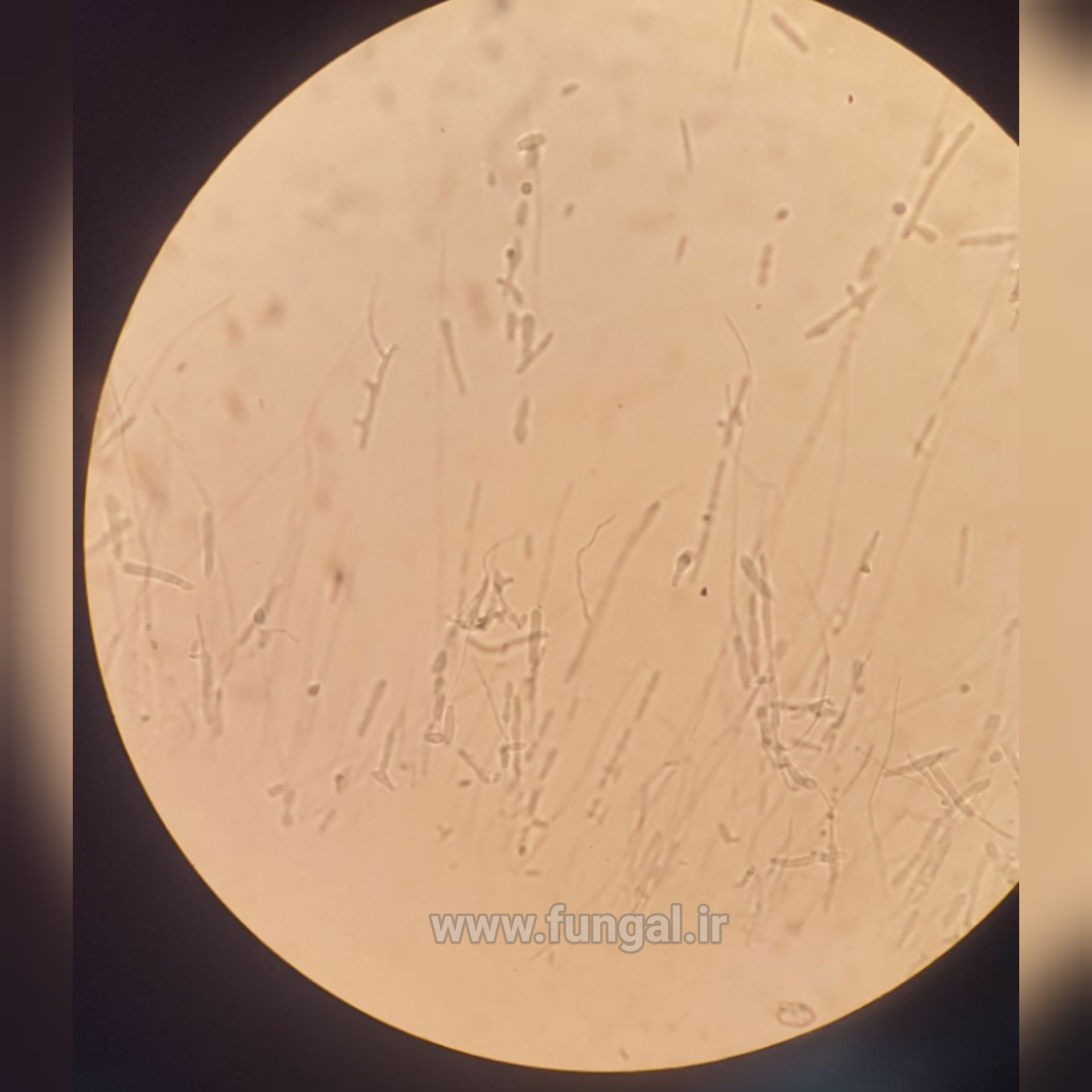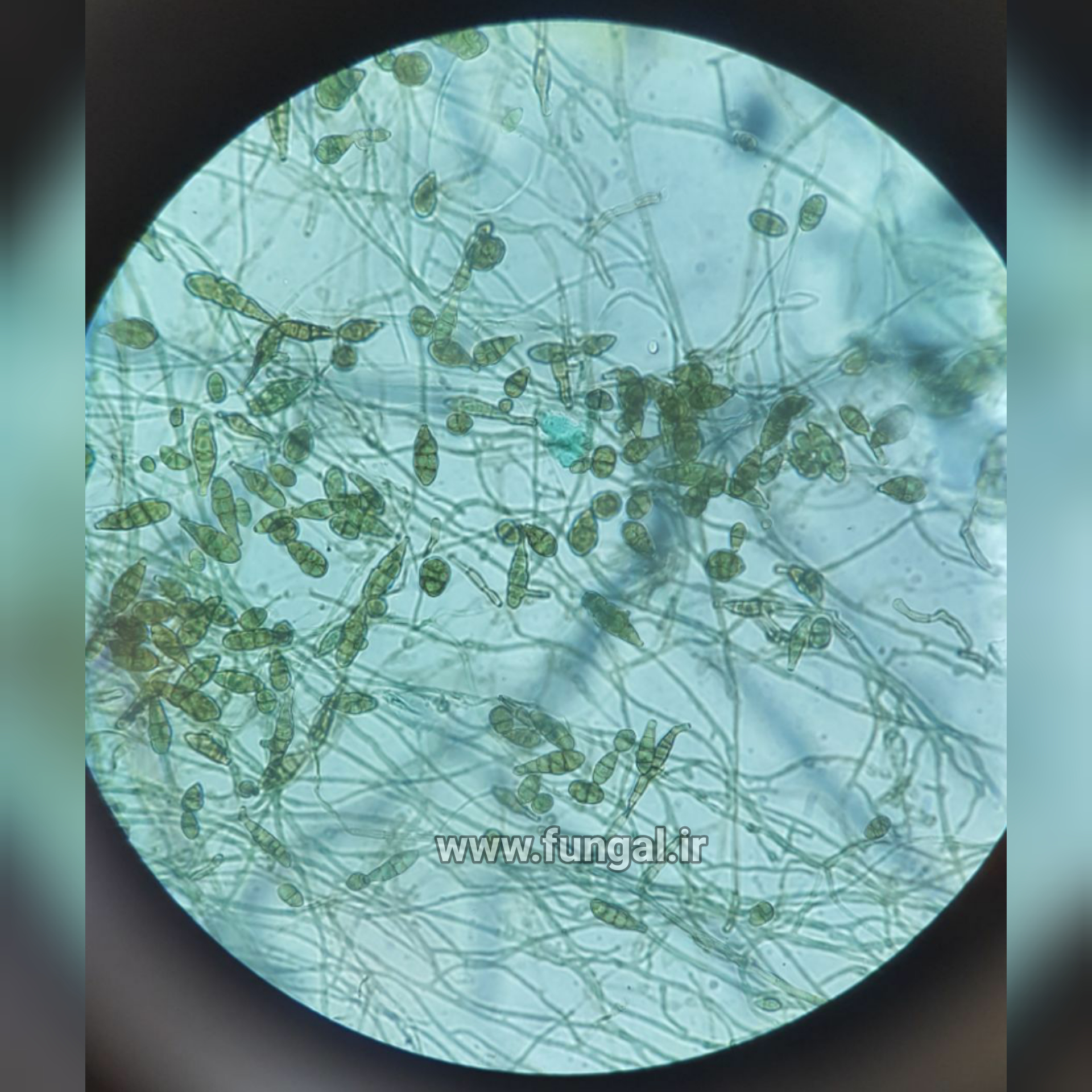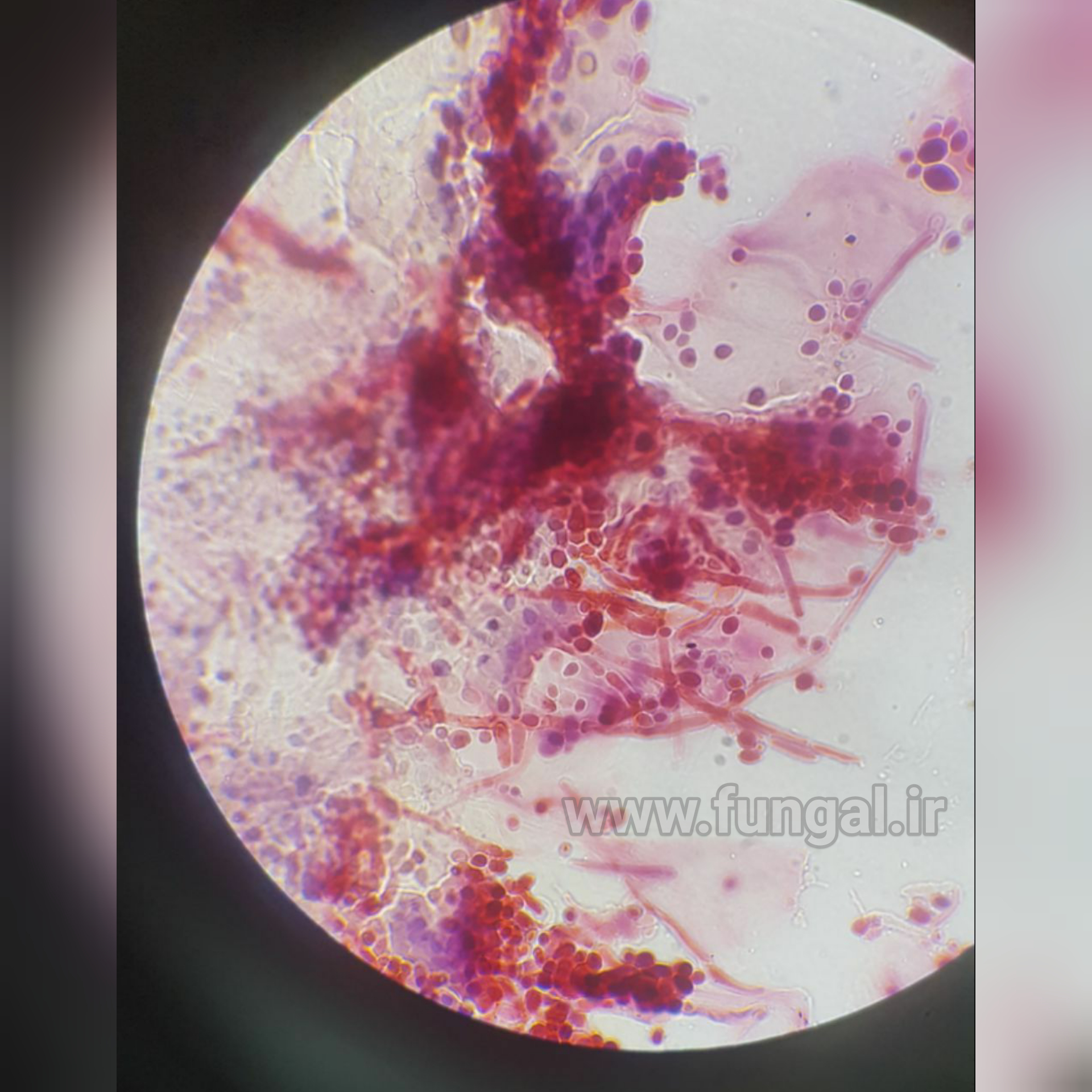Epidermophyton floccosum is a filamentous fungus that causes skin and nail infections in humans.[1] This anthropophilic dermatophyte can lead to diseases such as tinea pedis (athlete's foot), tinea cruris, tinea corporis and onychomycosis.[2][3] Diagnostic approaches of the fungal infection include physical examination, culture testing, and molecular detection.[4] Topical antifungal treatment, such as the use of terbinafine, itraconazole, voriconazole, and ketoconazole, is often effective.[5]
E. floccosum is one of the 2 species in the genus Epidermophyton.[6][7] During the 20th century, this species was the fourth most common cause of dermatophytosis in North America.[8] This ascomycete has a worldwide distribution but is more commonly isolated from patients in tropical and subtropical areas.[9][2] The non-soil associated fungus has no specific growth conditions and shows characteristic smooth club-shaped macroconidia under the microscope.[2][9]
The fungus was first isolated in 1870 from a tinea cruris patient in Germany by Carl Otto Harz, who named it Acrothecium floccosum.[10] Being unaware of Harz's work, Castellani and Sabouraud identified the species again in 1905 and 1907, respectively, and both placed the fungus into the genus Epidermophyton.[11] Epidermophyton is one of the three dermatophyte fungal genera; it is distinct from the other two genera (Microsporum and Trichophyton) for the absence of microconidia.[4] In 1930, based on the principle of priority, Langeron and Milochevitch renamed the fungus Epidermophyton floccosum to recognize Harz's contribution in identifying the species first, as well as his extensive morphological descriptions.[11]
Another fungus, originally named Epidermophyton stockdaleae, is a dark-brown, soil-inhabiting species that is morphologically and molecularly distinct to E. floccosum for its longer conidia and 7% NaCl tolerance. E. stockdaleae is also clinically differentiated from E. floccosum by its ability in perforating hair.[4] Due to the presence of microconidia, E. stockdaleae is now considered a synonym of Trichophyton ajelloi, hence E. floccosum is currently the only species in the genus Epidermophyton.[6][4]
